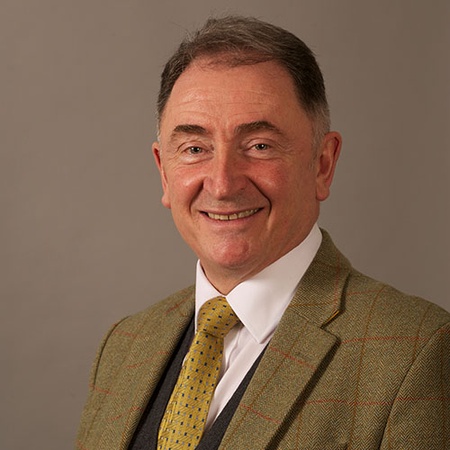Energy systems that will play a key role in the drive towards a low carbon future will come under the spotlight in the University of Aberdeen's annual RV Jones Lecture.
Professor Sir Jim McDonald, Principal and Vice-Chancellor of the University of Strathclyde, will deliver the online talk - entitled ‘Energy Systems for the 21st Century – the drive for Net Zero' - on Thursday, 10 December.
Hosted by the University’s School of Engineering, Professor McDonald will use the opportunity as a “call to arms” to accelerate the energy transition, highlighting the career opportunities that exist and the need for skills to meet the demands of a low carbon future.
He will provide an overview of the drive for low carbon energy systems, covering the history of UK energy system development and the key low carbon technologies including wind, marine and storage.
He will also discuss evolving grid technologies, the impact of data and new consumer ownership, and share insights and examples from developing countries on low carbon and off-grid energy systems.
The RV Jones Lecture is an annual series of lectures by distinguished engineers and scientists named after Reginald Victor Jones, a British scientist and scientific military intelligence expert, who played a critical role in the defence of Britain during the Second World War.
Professor Marian Wiercigroch, from the University's School of Engineering, said: “We are delighted to welcome Professor Sir Jim McDonald to the University of Aberdeen, to deliver the annual RV Jones Lecture.
“As a Co-chair of the Scottish Government’s Energy Advisory Board, along with Scotland’s First Minister, he brings a wealth of knowledge, insight, and expertise that participants will benefit from.
“As we look towards the future and the drive towards Net Zero, it is important that we have an understanding of where we are in terms of the development of new energy technologies and the opportunities ahead, not least for our current generation of students who can look forward to exciting careers as part of the energy transition.”


